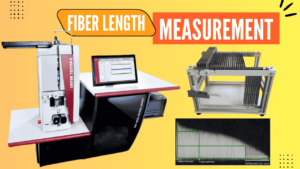technology used in modern Digital Textile Printing Machine
Digital textile printing on fabric is a new and innovative process that involves printing a design, an image, or a pattern directly from the computer onto the fabric by way of a large format digital printing machine.
In 1968 Concept of inkjet printing technology was used for Printing textile fabrics. Carpet inkjet printing machines were developed in 1970. In 1995 ITMA developed a device for Digital inkjet printing of continuous rolls of textile fabrics.
There are mainly 2 methods of digital textile printing
No 1>direct digital printing
No 2>sublimation digital printing
Technology Behind Direct Digital Printing Machines:
Digital textile printing uses ink-jet technology and ink cartridges, where the machine sprays ink/dye with tiny droplets as ordered by the design and software. The ink is typically droplets that are between 4 and 40 picoliters in size.
There are two main types of inkjet printing: thermal and piezoelectric. Thermal inkjet uses heat to create the droplets, while piezoelectric inkjet uses pressure to create the droplets. Thermal inkjet is more commonly used in consumer and small-scale printing, while piezoelectric inkjet is more commonly used in industrial and large-scale printing.
A number of printheads pass back and forth across the fabric and spray the dyestuff onto it. A printer driver, using a digital version of the design as a reference, controls which color is printed and when.
Your printed fabric gets dried by the heater attached to the digital printer.
This technology is suitable for printing on various types of fabrics, such as cotton, silk, polyester, and nylon.
Technology Behind Sublimation Digital Printing Process:
The process starts by printing an image onto a transfer paper using special sublimation ink, which is a solid ink that turns into a gas when heated.
. Your pattern emerges as the print head passes right to the left and back across the paper, laying the ink on the paper in layers over several passes.
Printed sublimation paper is then transferred onto the fabric under high heat and pressure using a heat transfer machine. The transfer paper and the fabrics both are heated to a high temperature, typically between 200 and 400 degrees fahrenheit, using a heat press.
The sublimation paper and the fabric are heated and pressed between the two large rolls in the heat transfer machine, which converts the solid dye into a gaseous form without going through a liquid state. The heat, coupled with pressure, causes the dye to penetrate the interior of the fabric, creating a permanent color bond. After removing the heat, the dye returns to a solid form, and the process is complete.
The process results in a vibrant, durable, and long-lasting image that is embedded within the fibers of the fabrics. As colors are embedded in the substrate or fabric instead of printed on the surface of fabrics, images on fabric won’t fade or crack even after several washings.
Dye-sublimation printing is suitable for a wide range of fabrics, including polyester, nylon, and lycra. It is widely used for printing flags, banners, sportswear, and other items that require bright and bold colors.
The process is also eco-friendly as no water is used in the printing process and the ink is free of harmful chemicals.



